1. Overview
Queen Debsirindra, born Princess Ramphoei Siriwong, was a significant figure in the Chakri dynasty of Siam (modern-day Thailand). As the second consort of King Mongkut (Rama IV) and the mother of King Chulalongkorn (Rama V), her life and legacy are intrinsically linked to the foundations of a transformative era in Thai history. Though she passed away at a relatively young age, her son, King Chulalongkorn, later honored her extensively, establishing institutions and bestowing posthumous titles that solidified her place as a revered queen mother and a symbol of royal patronage for education and religious sites. Her influence, particularly through her son's reign, laid groundwork for the modernization and reforms that characterized the Fifth Reign.
2. Early Life and Background
Princess Ramphoei Siriwong was born on July 17, 1834, in Bangkok. She was the eldest daughter of Siriwong, Prince Mattayaphithak, who was a son of King Nangklao (Rama III) and his royal concubine Sap. Her mother was Lady Noi (Mom Noi), a woman of Mon and Thai descent from Bang Khen. Her maternal lineage connected her to prominent Mon officials, including Phraya Rattana Chak (Hongthong Surakhup), who was a Mon general. Lady Noi's mother, Khun Mueang Surakhup, was also related to royal consorts of previous reigns, including Chao Chom Manda Pom of Rama I, Chao Chom Phen of Rama II, and Chao Chom Manda Aim of Rama II.
Princess Ramphoei had eight half-siblings through her father. When her father passed away at the young age of 27, her grandfather, King Nangklao, took her and her sister, Phannarai, into the Grand Palace. They were reportedly among his favorite grandchildren. During her youth, she resided with her paternal aunt, Princess Lamom (later Somdet Phra Chao Boromwong Thoe Krom Phraya Sudaratana Rajaprayoon), where she was trained in royal duties, including fanning the King. King Nangklao was so pleased with her fanning skills that he bestowed upon her the name "Ramphoei," meaning "a gentle, cool breeze." It is also said that a Buddhist monk, Phra Sri Sutthiwong, brought a plant back from Sri Lanka and presented it to King Nangklao, who named it "Ramphoei" after his beloved granddaughter.
3. Marriage and Royal Consort
In 1853, Princess Ramphoei married her great-uncle, King Mongkut (Rama IV), who was 30 years her senior. Following her marriage, she was elevated to the rank of Phra Ong Chao, a higher status for a princess. After the passing of Queen Somanass Waddhanawathy, King Mongkut's first queen, Princess Ramphoei became the primary royal consort. On January 6, 1852 (which would be 1853 by modern calendar reckoning), King Mongkut formally elevated her to Phra Ong Chao Ramphoei Phamaraphirom, a title signifying "a delightful flower, a haven for bees." Later, she was formally proclaimed Queen Ramphoei by the royal family and privy councilors. During King Mongkut's reign, she was also referred to as Somdet Phra Nang Nath Rajadevi and Phra Nang Thoe Phra Ong Chao Ramphoei Phamaraphirom.
4. Children
Queen Debsirindra had four children with King Mongkut:
| Image | Name and Title | Birth Date | Death Date | Age |
|---|---|---|---|---|
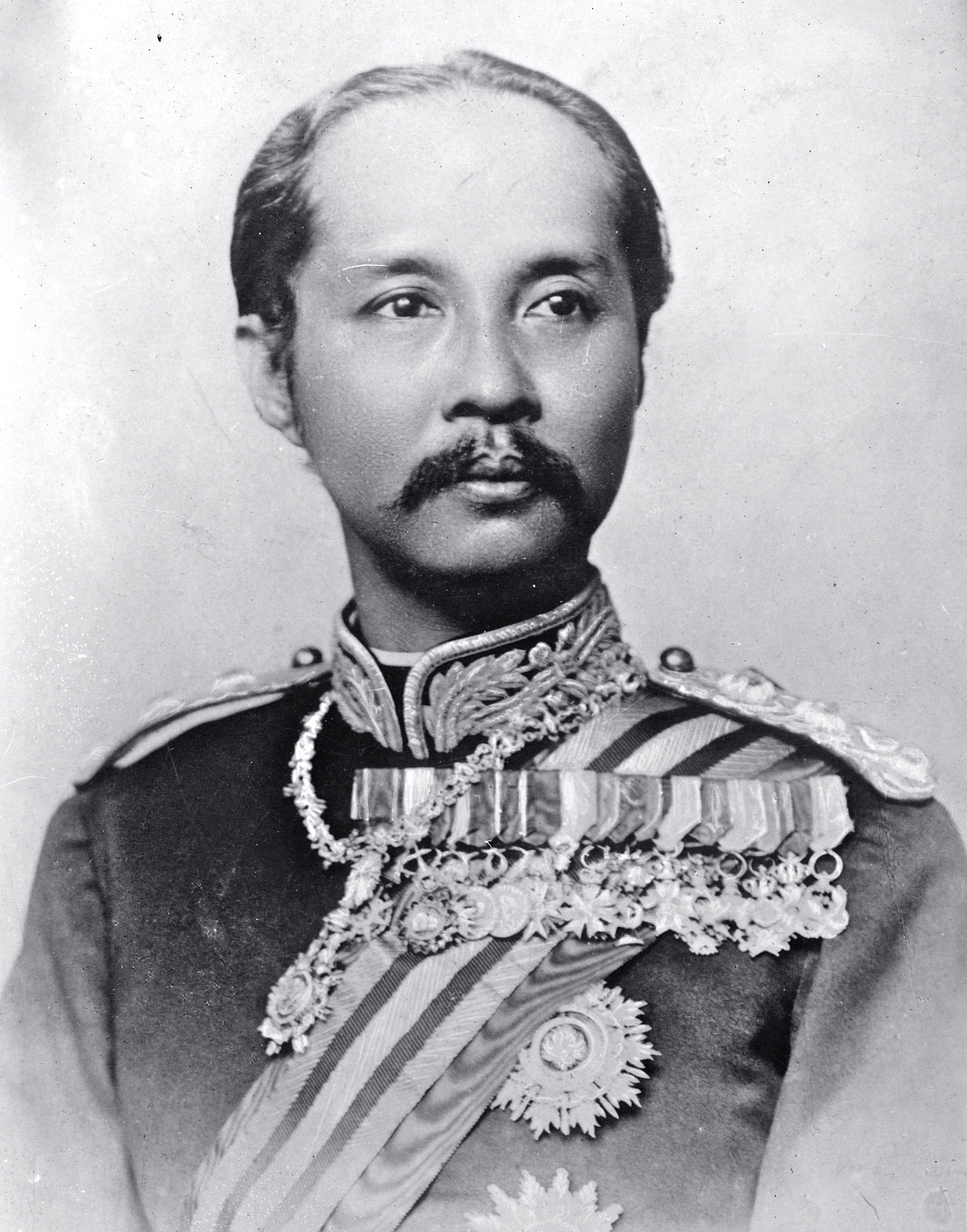 | Chulalongkorn (จุฬาลงกรณ์Thai), later King Chulalongkorn (Rama V) | September 20, 1853 | October 23, 1910 | 57 years |
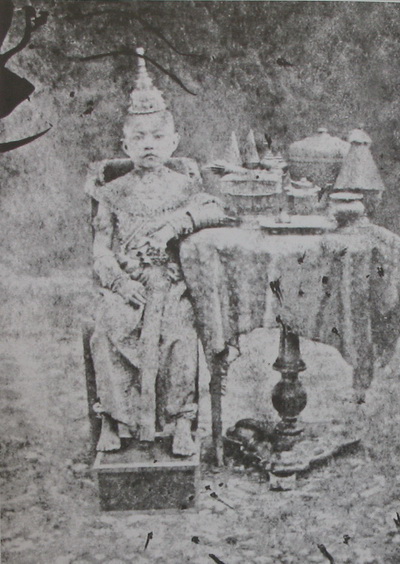 | Chandrmondol (จันทรมณฑลThai), later Princess Wisutkrasat | April 24, 1855 | May 14, 1863 | 8 years |
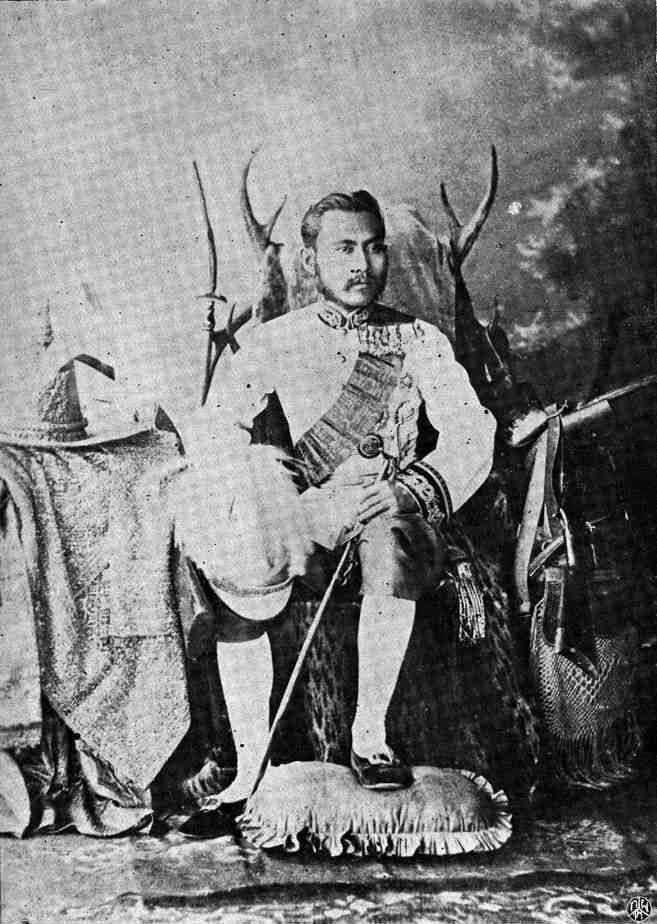 | Chaturonrasmi (จาตุรนต์รัศมีThai), later Prince Chakrabardibongse | January 13, 1856 (1857 by modern reckoning) | April 11, 1900 | 43 years |
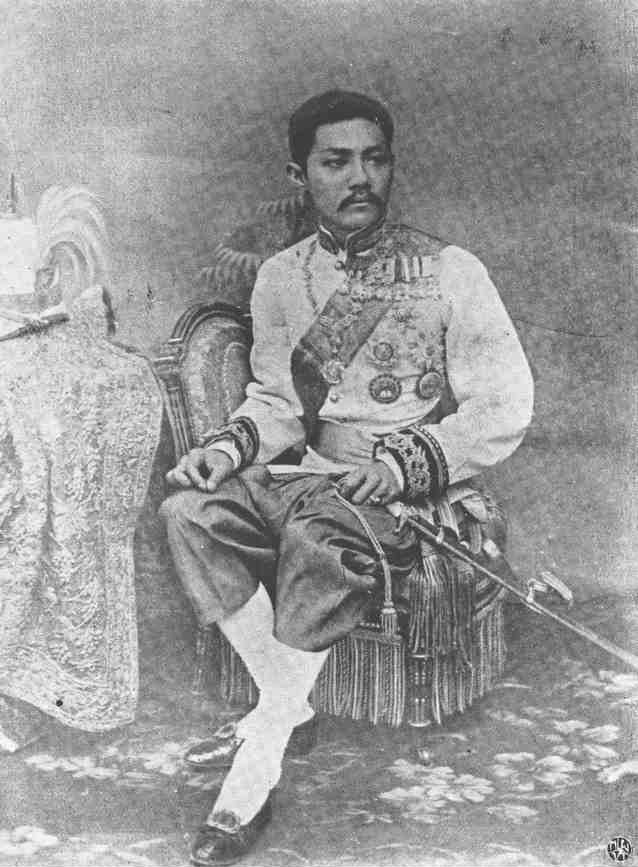 | Bhanurangsi Savangwongse (ภาณุรังษีสว่างวงศ์Thai), later Prince Bhanubandhuwongse Voradej | January 11, 1859 (1860 by modern reckoning) | June 13, 1928 | 68 years |
Her eldest son, Prince Chulalongkorn, was destined to succeed his father as King Rama V, becoming one of Siam's most revered monarchs, known for his extensive reforms and modernization efforts.
5. Illness and Death
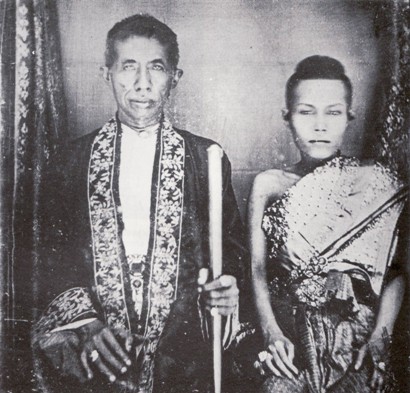
Queen Ramphoei's health significantly declined after the birth of her youngest son, Prince Bhanurangsi Savangwongse. She suffered from a persistent cough and became increasingly emaciated, leading to fears of internal tuberculosis. King Mongkut himself documented her deteriorating condition in his royal letters.
In one letter, he wrote: "Since the birth of her son Bhanurangsi Savangwongse, Mother Ramphoei has been ill with a cough and has become very thin. I fear she may be developing internal tuberculosis."
A more detailed account from the King describes her final moments: "...In the morning, Mother Ramphoei coughed and vomited a large amount of blood, from both her nose and mouth. A small worm-like creature with a three-pronged tail also emerged with the blood. Although doctors tried to treat her, the bleeding gradually subsided. Then, on Sunday, the 4th day of the waxing moon of the tenth month [Lunar calendar], she said she felt better, her cough was less frequent, and she slept well from 3 AM until 9 AM. On Monday, the 5th day of the waxing moon of the tenth month, she woke up at 9 AM, ate a large bowl of food, and sat playing with her youngest child. Suddenly, she coughed up blood again, and it gushed out profusely from her nose and mouth, filling many glass cups, without a moment's pause for breath. As the blood flowed, her pulse stopped, and she did not revive. Arrangements were made for her funeral. Her body was placed in an urn and kept in the Pine Tree Building, which was redecorated beautifully with silver patterns on the ceiling, doors, and windows, and patterned paper on the walls, along with other appropriate decorations. It was deemed that moving the body to the Grand Palace would obstruct royal ceremonies. The body would be kept for a long time, to be cremated in the fourth or fifth month [Lunar calendar]. Currently, various merits are being made, with sermons and offerings for the deceased. This is done for the benefit of Chulalongkorn, Chandrmondol, Chaturonrasmi, and Bhanurangsi Savangwongse, Mother Ramphoei's four children. I am deeply grateful to all who have helped during this time. Mother Ramphoei's death, judging by her symptoms, was inevitable, as she had been suffering from this illness for five years since the Year of the Snake, and many doctors and medicines had failed to cure her. It was clear that her time had come."
Queen Ramphoei passed away on September 9, 1861, at the age of 27. Her cremation ceremony was held at the Royal Crematorium at Sanam Luang on April 18, 1862 (the 4th day of the waning moon of the fifth month). This royal cremation marked the first time the Royal Kengtek ceremony (a Chinese Buddhist funeral rite) was performed, a tradition that continued thereafter for royal funerals. Following her death, her sister, Princess Phannarai (also a consort of King Mongkut), assumed the role of senior consort for the remainder of King Mongkut's reign.
6. Titles and Style
Queen Debsirindra held several royal titles and styles throughout her life and posthumously, reflecting her evolving status within the Thai monarchy:
- Mom Chao Ramphoei Siriwong (July 17, 1834 - January 6, 1852)
- This was her birth title as a granddaughter of King Rama III.
- Phra Ong Chao Ramphoei Phamaraphirom (January 6, 1852 - December 25, 1868)
- This title was bestowed upon her by King Mongkut upon her marriage.
- During King Mongkut's reign, she was also referred to as Somdet Phra Nang Nath Rajadevi.
- From 1862 onwards, royal proclamations often referred to her as Phra Nang Thoe Phra Ong Chao Ramphoei Phamaraphirom and later Somdet Phra Nang Thoe Phra Ong Chao Ramphoei Phamaraphirom.
- The Royal Chronicles of Rattanakosin referred to her as Somdet Phra Nang Ramphoei Phamaraphirom.
- Krom Somdet Phra Debsirindramataya (December 25, 1868 - during the reign of King Rama VI)
- This posthumous title, meaning "The Queen Mother Debsirindramataya," was bestowed upon her by her son, King Chulalongkorn (Rama V), on December 25, 1868, after his coronation. This act elevated her status as the mother of the reigning monarch.
- Somdet Phra Debsirindra Boromma Rajini (during the reign of King Rama VI - present)
- This highest posthumous title, meaning "Her Majesty Queen Debsirindra," was bestowed upon her by her grandson, King Vajiravudh (Rama VI), during his reign. This solidified her permanent place as a revered queen in Thai history.
7. Legacy and Commemoration
The legacy of Queen Debsirindra is deeply intertwined with the educational and religious institutions established in her honor, primarily through the devotion of her son, King Chulalongkorn, and her son Prince Bhanurangsi Savangwongse.
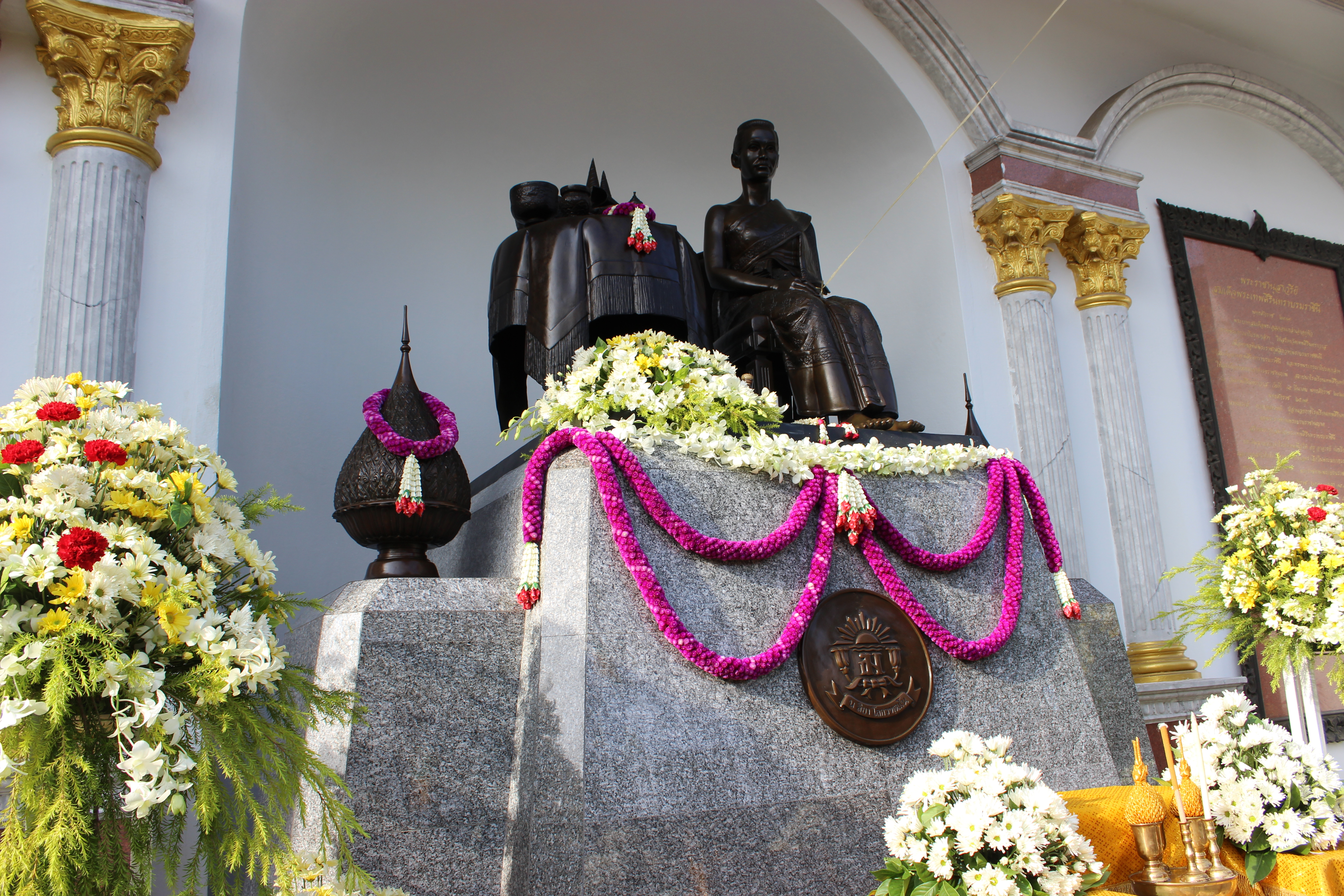
- Wat Debsirindrawas Ratchaworawihan
King Chulalongkorn commissioned the construction of Wat Debsirindrawas Ratchaworawihan in 1876, the year he turned 25. This temple was built to honor his mother, Queen Debsirindra, and to dedicate merits to her, as she had passed away when he was still young. The temple serves as a significant royal monastery and a lasting tribute to her memory.
- Debsirin School
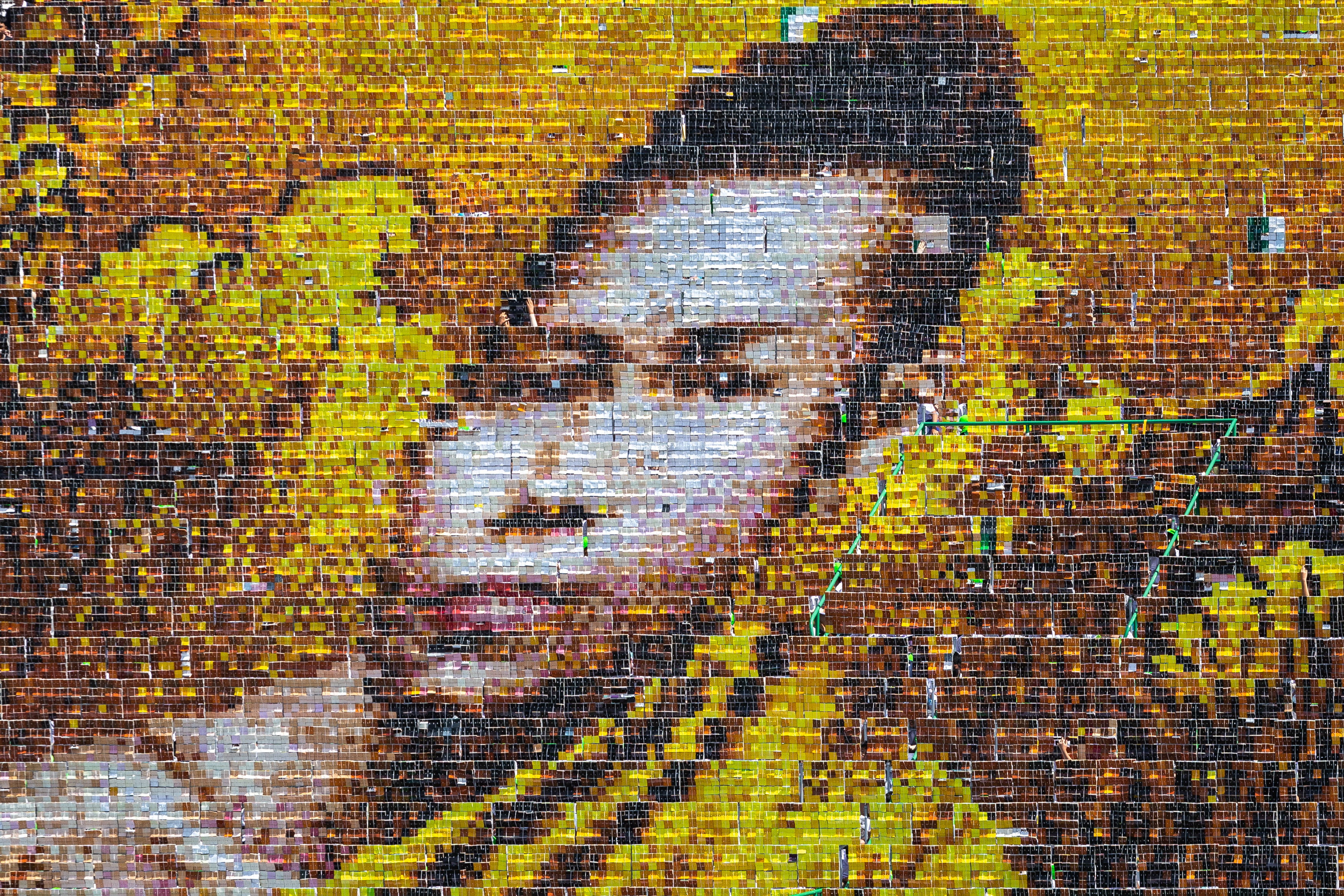
Debsirin School was established by King Chulalongkorn on March 15, 1885. Initially, the school utilized the sermon hall within Wat Debsirindrawas for its teaching activities. In 1895, her son, Prince Bhanurangsi Savangwongse, initiated the construction of a dedicated school building for Wat Debsirindrawas. This was done to dedicate merits to his mother, Queen Debsirindra, and also to his consort, Mom Maen Bhanuphan Na Ayutthaya. This first school building was designed in a Gothic architectural style, making it one of the earliest and only Gothic-style buildings in Thailand at the time. The design was created by Prince Narisara Nuwattiwong. Phraya Choduk Ratchasetthi also contributed funds to construct an additional building adjacent to the first one.
At Debsirin School, a royal monument of Queen Debsirindra was conceived in 1995 and completed in 1998. It is enshrined at the front porch of the "Thoet Phra Kiat" (In Honor of His Majesty) building. This monument serves as a symbol of loyalty, gratitude, and respect that all members of the Debsirin community hold for Queen Debsirindra. It also represents the highest honor for the school, which bears her royal name. Annually, on September 9, the anniversary of her passing, the school administration, teachers, alumni, current students, and staff organize a wreath-laying ceremony and pay tribute at the monument. This day is affectionately known as "Mae Ramphoei Day" (Mother Ramphoei Day), commemorating her enduring influence.
8. Genealogy
The genealogy of Queen Debsirindra illustrates her lineage and connections within the Chakri dynasty and related noble families.
| Generation 1 | Generation 2 | Generation 3 | Generation 4 | Generation 5 |
|---|---|---|---|---|
| 1. Debsirindra | ||||
| 2. Siriwong, Prince Mattayaphithak | ||||
| 4. King Nangklao (Rama III) | ||||
| 8. King Phutthaloetla Naphalai (Rama II) | ||||
| 16. King Phutthayotfa Chulalok (Rama I) | ||||
| 17. Amarindra | ||||
| 9. Sri Sulalai | ||||
| 18. Phraya Nonthaburi Sri Maha Utthayan (Bunchan) | ||||
| 19. Phen Nonthaburi Sri Maha Utthayan | ||||
| 5. Chao Chom Manda Sap | ||||
| 10. Phra Akson Sombat (Thap) | ||||
| 20. (Unknown) | ||||
| 21. Thao Song Kandal (Thong Mon) | ||||
| 11. Phong | ||||
| 22. Phraya Phatthalung (Thongkhao) | ||||
| 23. Plong Phatthalung | ||||
| 3. Mom Noi Siriwong Na Ayutthaya | ||||
| 6. But | ||||
| (Unknown) | ||||
| 7. Chaem | ||||
| 15. Muang Surakhup | ||||
| 30. Phraya Rattana Chak (Hongthong Surakhup) |